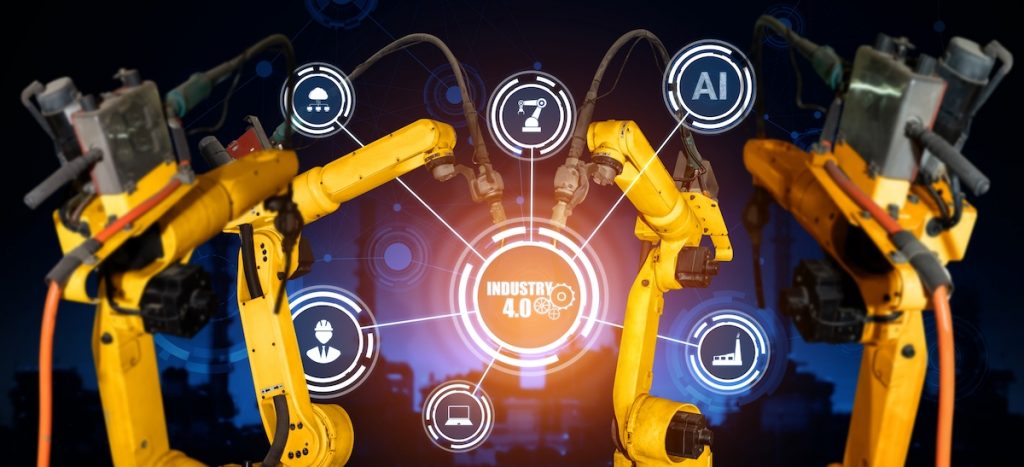A Cloud Based Alternative to Traditional SCADA
What is SCADA?
Supervisory Control and Data Acquisition (SCADA) systems have been in existence three decades and have long been considered the de facto method for interfacing with PLCs and providing alarming, logging, trending, and operator interface functionality. Today most SCADA packages include web and mobile interfaces and tout these features as their Industrial Internet of Things (IIoT) or Industry 4.0 solution. However, one of the benefits of leveraging the IIoT may actually be the elimination of the traditional SCADA layer and find a cloud based alternative to traditional SCADA.
Supporting and Maintaining SCADA
Why would you want to eliminate SCADA?
Let’s start with support and maintenance. Data logs from SCADA systems are typically pushed into a SQL database that grows continuously and requires maintenance. SCADA software requires upgrades and patches to keep up with the latest Windows OS patches and virus updates. Chances are the entire Windows Operating System that you are currently using will be obsolete within 5 years, so you will soon need to purchase a SCADA upgrade and reinstall and configure it all over again.
Manufacturing companies with a staff of experienced SCADA programmers will find that maintaining the SCADA system upgrades is tedious and time consuming. Less experienced end users can really struggle with these issues and often end up contracting an integrator to come out and perform the upgrades.
For OEM’s maintaining a PC and SCADA package on a remote system can be their number one support headache. In some cases the end user’s IT staff has a strong say in what software, OS version, virus package, browser, etc. needs to go on the SCADA PC that is entering their facility. These specifications often create extra work for the OEM because each SCADA PC system is unique. If the end user has is insufficient internal IT support, the OEM may find themselves hiring or contracting an IT support role for the end user as soon as they sell them a PC based system.
See: Is Internet of Things going to replace SCADA systems?
A Cloud Hosted Alternative to SCADA
What if your plant could have all the benefits of SCADA without the IT support headaches?
Remote Monitoring systems use a local edge node device to communicate with the local control system and push data securely to the cloud hosted server. The server stores the data and provides custom web dashboards, email and text notifications, historical trends, custom reports, branded smart phone apps, and connectivity to other enterprise software systems. The system is easy to set up and runs many similar tasks that a locally installed SCADA system would perform.
Of course there is still a need for local control. Most users would be reluctant to rely purely on a remote server in order to operate machines and equipment. However, pairing a remote monitoring system and hosted cloud server with local systems can have significant benefits. With most of the other SCADA tasks being covered by the cloud server, the local operator interface requirements can be addressed with dedicated touchscreen operator interface panels. Operator interface panels are more reliable and easier to maintain than PCs. They also typically use an embedded operating system that boots in seconds and they are not susceptible to Windows viruses. If you move the data collection, storage, analysis, reporting, and mobile access functionality to a cloud solution, then you can run your plant with a local touchscreen OI.
Please examine and explore the advantages of using the Cloud based monitoring system with a local OI instead of traditional SCADA.
Traditional SCADA |
Remote Monitoring with 3rd Party Operator Interface Touchscreen |
|
| Maintenance |
|
|
| Data logging |
|
|
| Data Security |
|
|
| Cyber Security |
|
|
| Historical Trending |
|
|
| Reporting/Analytics |
|
|
| Web Interface |
|
|
| Mobile Interface |
|
|
| Email and Text Notifications |
|
|
 The article was written by Tom Craven, the Vice President of Product Strategy at RRAMAC Connected Systems, a “Software as a Service” (SaaS) company that provides remote monitoring, analytics, and mobile apps for industrial equipment.
The article was written by Tom Craven, the Vice President of Product Strategy at RRAMAC Connected Systems, a “Software as a Service” (SaaS) company that provides remote monitoring, analytics, and mobile apps for industrial equipment.


